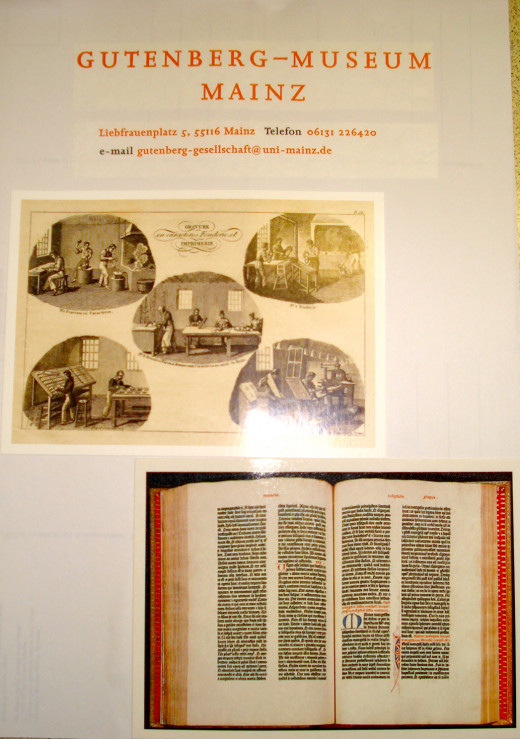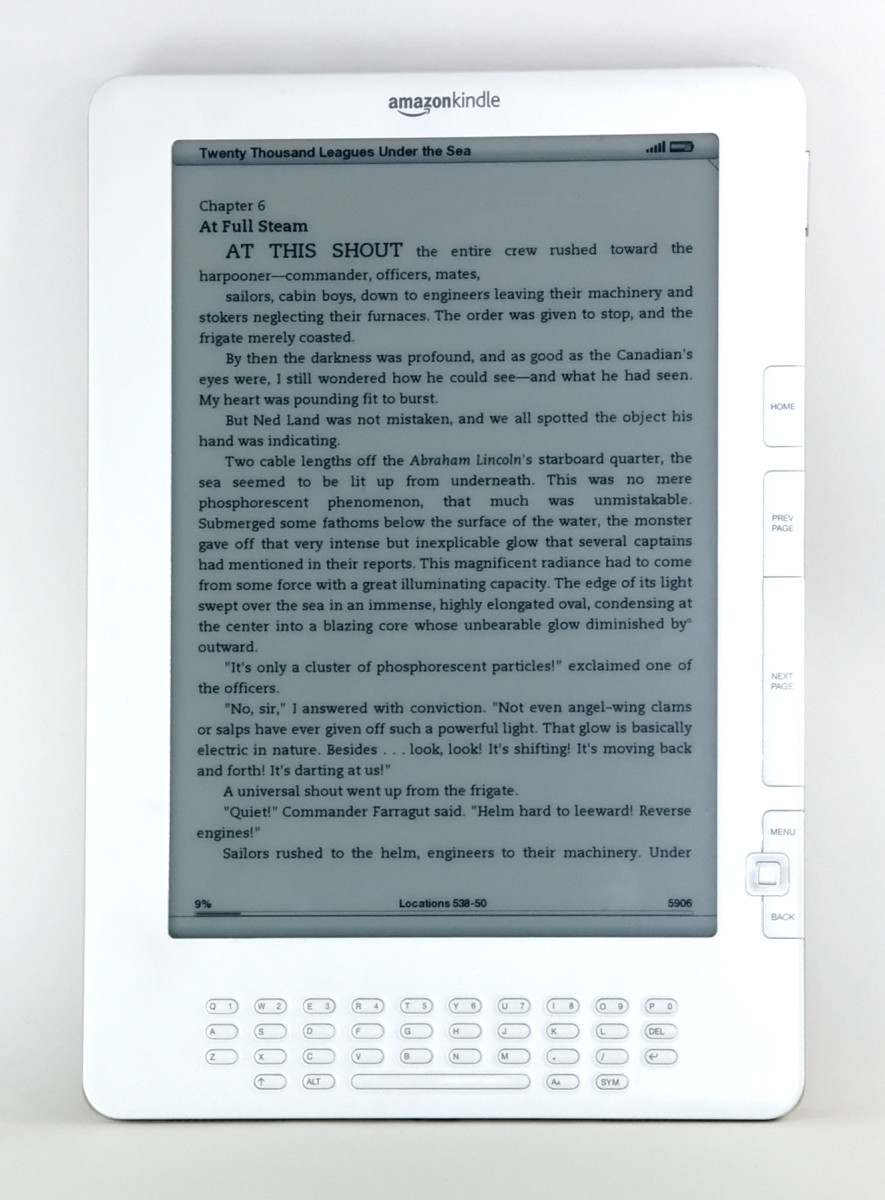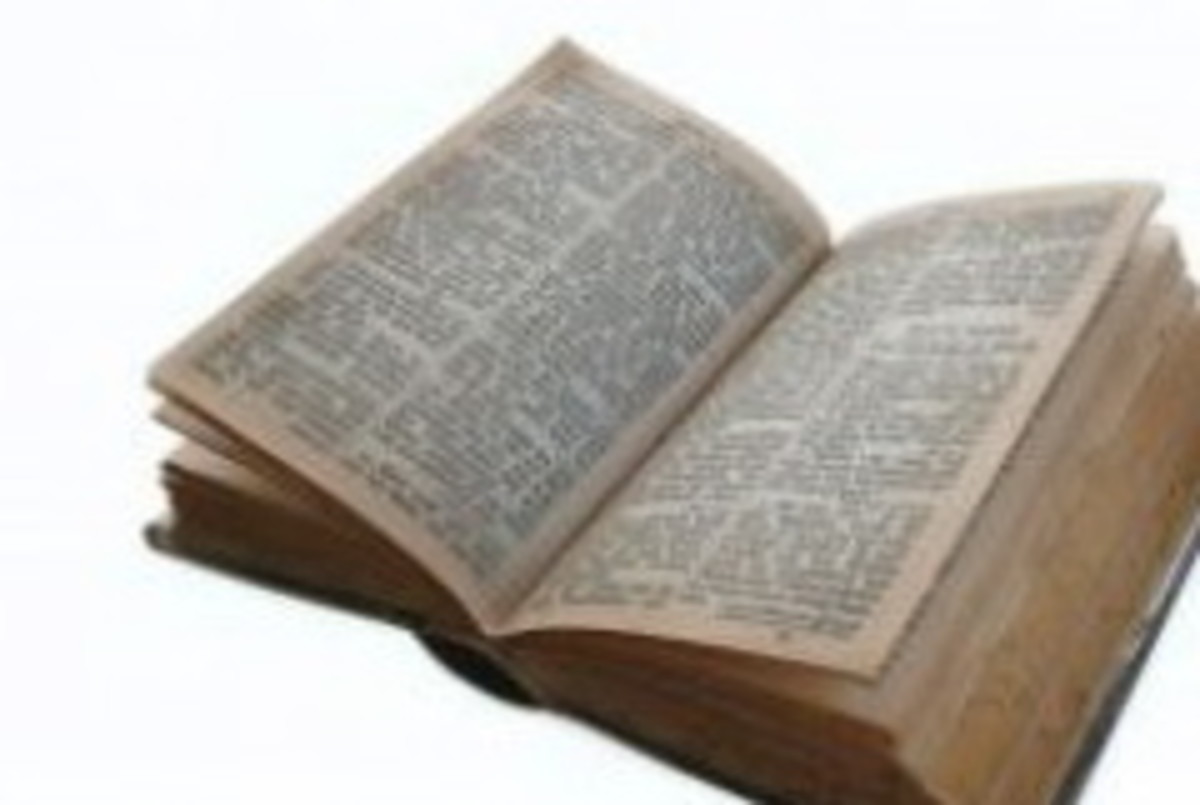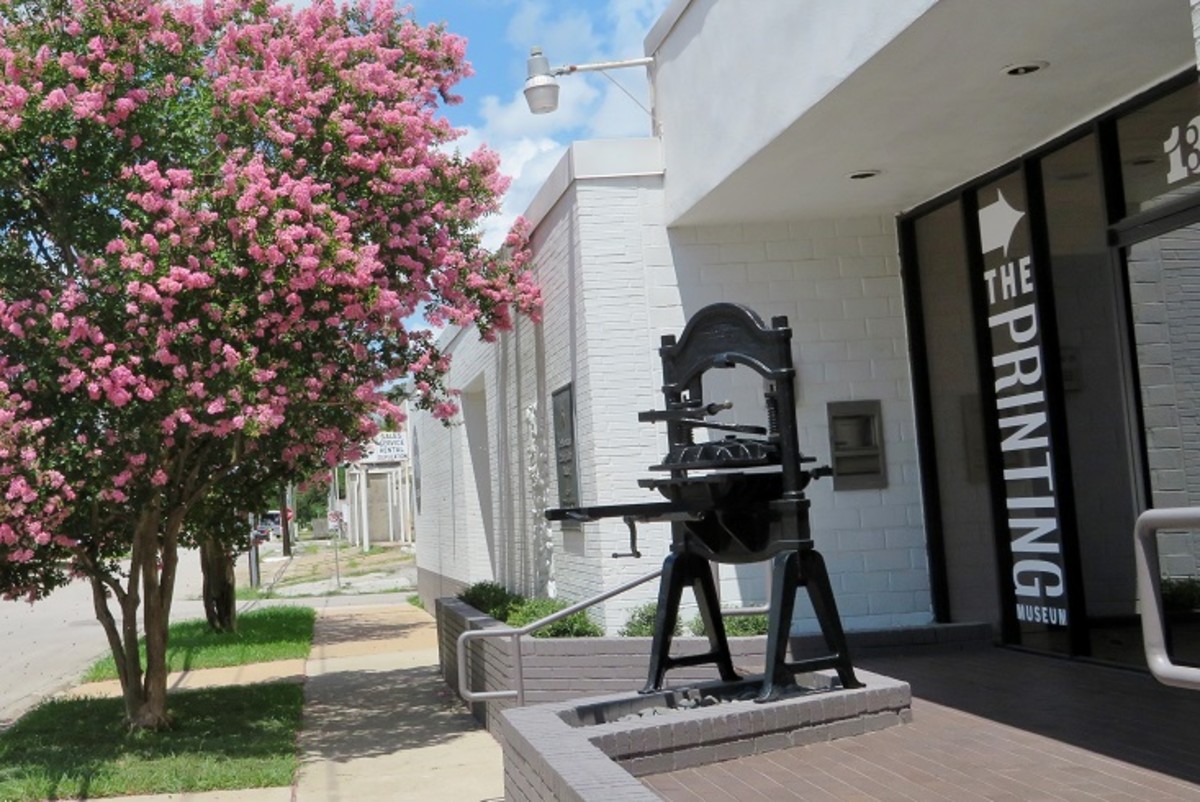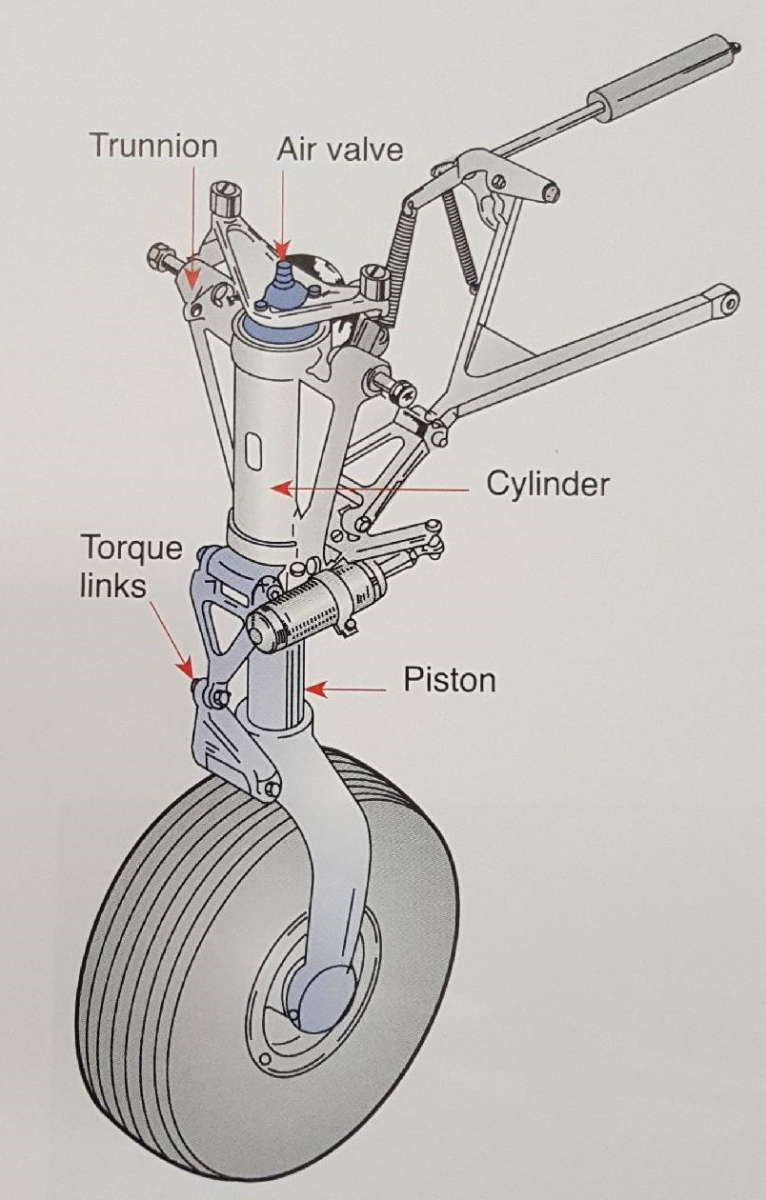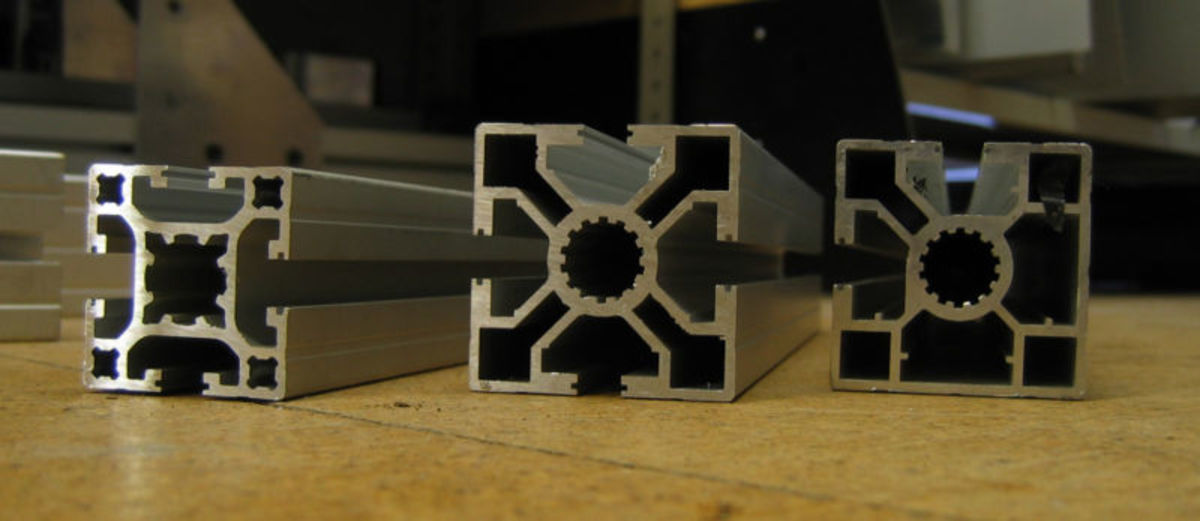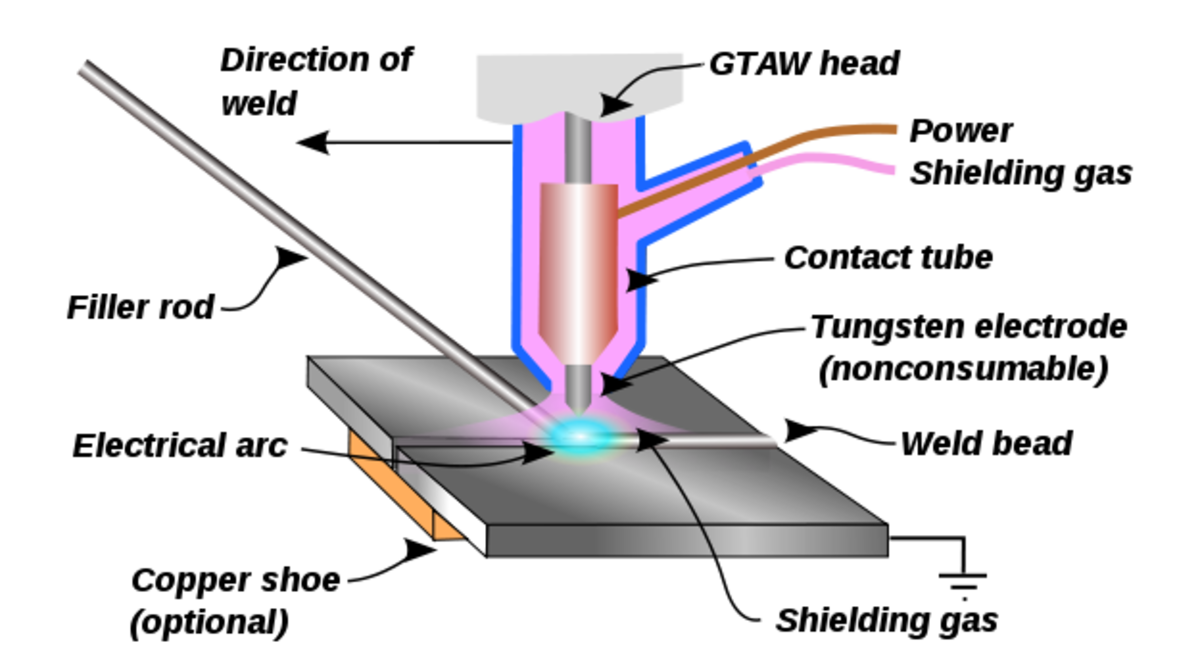The First Mass Printing
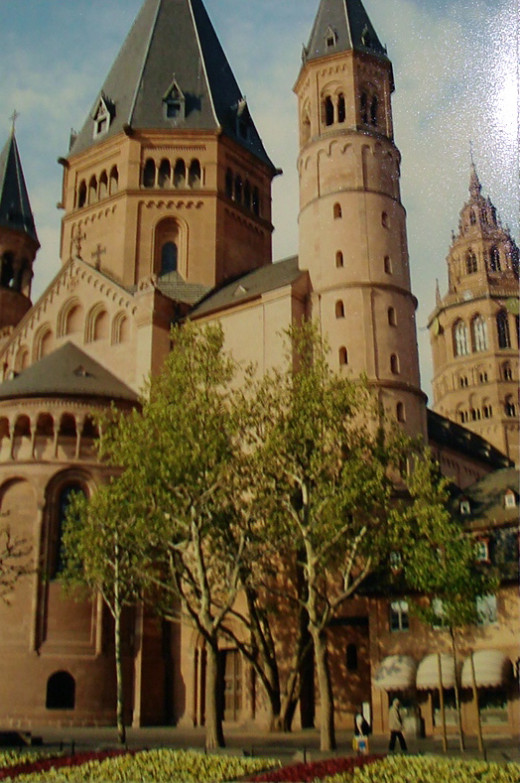
Mainz, Home of the First Mass Printing Press
If ever you are fortunate enough to go on a cruise down the Rhine, you are sure to stop and have some time to spent in Mainz, in Germany. This is the home of the Gutenberg Museum and it includes the first mass printing press in Europe. The Museum was moved here to opposite the Mainz church and then set up in 1900 to celebrate five hundred years since the birth of Johannes Gutenberg in Mainz.
The Importance of Gutenberg's Invention
The Gutenberg Museum also celebrates much of the advancement of the knowledge-based economy that we enjoy today.
- The Spread of Knowledge: This invention was an important contributing factor to the Renaissance and Reformation that followed and led to the opportunity for the spread of information and learning to all people.
- Movable Type: Others had tried to find a way of mass printing over the centuries, and there were methods found, such as wood-block printing and copper etching, but these were much slower and not many copies could be made at a time. Gutenberg's invention was so successful that the method continued to be used - with adaptations and improvements - right until the late twentieth century when digital printing was introduced. The secret of Gutenberg's success was that he used movable type.
Gutenberg's Background
Gutenberg's family were devout Catholics and had important work as leaders and also as goldsmiths with the church. However, a number of the upper class families in Mainz were driven from the town in an uprising, so he mostly grew up in Strasbourg where it is said he, too, worked as a goldsmith and also a blacksmith, so his invention was first conceived in Strasbourg, although later he moved back to Mainz.
The First Mass-produced Book
The first book to be mass printed in this way was the Holy Bible. Before this, it had been copied by hand, often taking many years to complete one copy. To us, Gutenberg's method took quite a while, too. His first production was 180 Bibles, some of which are still in existence today. Although they were printed in 1452, it was another three years before they were completed because Gutenberg's printing machine was only able to use black ink and all the red ink and beautiful illuminated letters and painted decorations had to be completed by hand. When they were completed, they were real works of art.
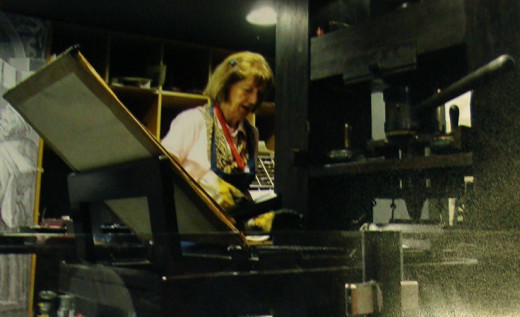
Printing and Economics
Gutenberg's invention, with its movable type and the use of oil-based inks, meant that printing became much cheaper. In turn, this meant that it was more economically viable for both the printer and those who desired to purchased the printed work.
The technology spread across Europe and then to other countries quite rapidly, which led to many more people being able to own books, being able to read, and to the spread of knowledge.
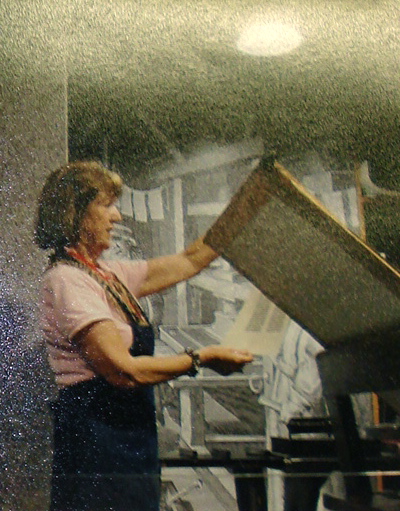
The Gutenberg Museum
The Gutenberg Museum houses a number of different, historical ways of printing and the curators there will demonstrate some of these methods, much to the delight of tourists.
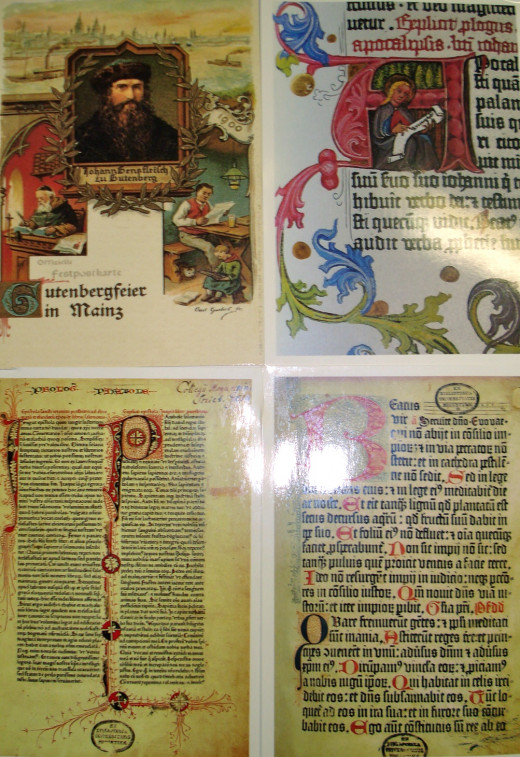
Museum Postcards
There are many attractive goods to be purchased in the Museum shop and these include postcards - ever popular with tourists, both for sending to friends and as light-weight mementoes.
- In the collage above, the first postcard is a facsimile of the one that was printed for the celebration of the opening of the Mains Gutenberg Museum in 1900.
- The other postcards show the kind of lettering that was used in Germany in the 1500s and examples of the detailed decorations that were added.
- Below is a postcard that purports to show the people who worked at the printing press and the kind of jobs that they did.
- The postcard of the Bible shows an opening of one of the surviving copies of Gutenberg's first 180 Bibles. This Bible is preserved in a Museum in the USA.
